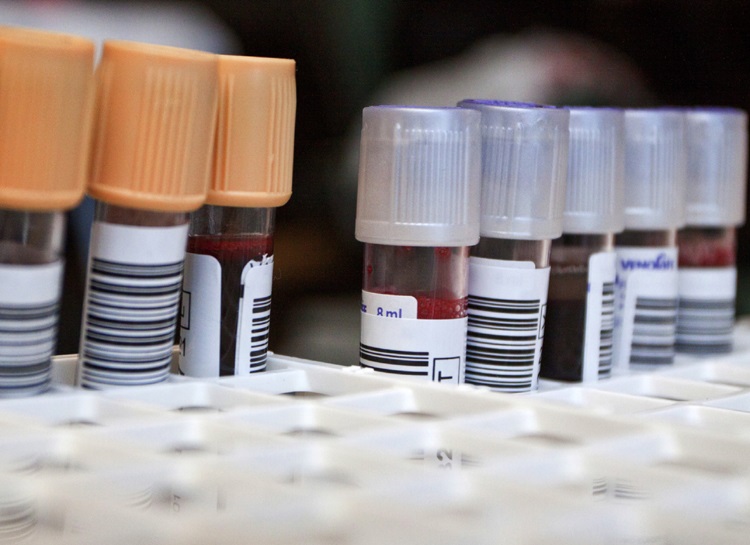APEC boosting blood supply chain as demand surges

Life sciences officials from APEC economies have developed a new framework of collaborative measures to improve the safety and sustainability of the blood supply chain amid surging demand that is pressuring health systems and economic productivity across the Asia-Pacific.
An APEC 2020 Blood Supply Chain Roadmap was formulated during a just concluded policy dialogue and workshop in Manila. The Roadmap is the first of its kind in the region. Emphasis is on building the capacity of blood services, infrastructure and governance, and promoting international blood safety and quality standards in APEC economies, in coordination with the private sector.
“The world is now seeing just how important a safe and adequate blood supply chain is to global health security,” declared Dr Enrique Ona, Secretary of Health of the Philippines and Executive Board Chair of the APEC Life Sciences Innovation Forum. “Ensuring the safety and availability of blood has become the cornerstone of developing health systems and public health in Asia-Pacific economies.”
The APEC 2020 Blood Supply Chain Roadmap provides guidance on implementing and harmonizing international standards; optimizing blood processing, testing, and distribution systems; improving clinical transfusion practices and patient blood management; and boosting capacity to develop and export plasma to help sustain blood systems in APEC economies.
Delegates furthermore opened the door to establishing a new APEC LSIF Center of Excellence for Blood Safety. The aim is to support supply chain knowledge and best practice sharing and technical capacity building cooperation, based on contributions from APEC economies, academia and professional societies, the Red Cross, key international organizations and industry.
Demand for human blood is increasing at a rapid rate throughout the Asia-Pacific. Rising populations and living standards, healthcare infrastructure development and greater healthcare spending are driving the region’s need for blood and creating greater impetus for action to meet this challenge.
“There are wide disparities in access to safe, reliable blood and blood products in many developing economies are rarely sufficient to meet local demand and international quality and safety standards,” explained Dr Maureen Goodenow, Professor of Pathology, Immunology, and Laboratory Medicine and the Stephany W. Holloway Endowed Chair for AIDS Research at the University of Florida. “Where blood is available, the blood and blood products supply chain and quality systems may fail to allow prompt access to safe supplies.”
According to the World Health Organization, only 13 of the 21 APEC economies collect all of their blood supplies from voluntary, unpaid donors.
“Building a safe and sustainable blood supply chain is needed to deliver patients timely access to blood and provide assurance that a transfusion will be free from infectious viruses such as hepatitis and HIV,” said Dr Celso Bianco, President of the International Society of Blood Transfusion. “Each step along the blood supply chain is critical—from the point of blood collection, blood testing and blood typing to the transfusion to the recipient.”
“The seamless flow of blood from donor-to-patient requires far-reaching collaboration between blood banks, hospitals, health ministries and regulators,” Dr Bianco concluded. “By working together, the public and private sectors in the Asia-Pacific are coming up with the right solutions but ultimately it will come down to implementation to ensure blood supplies sufficient to safeguard health and productivity in the world’s most populous region.”
# # #
For further details, or to arrange possible media interviews, please contact:
David Hendrickson +65 9137 3886 at [email protected]
Michael Chapnick +65 9647 4847 at [email protected]
Additional information about APEC’s 2014 priorities and initiatives can be found on www.apec.org. You can also follow APEC on Twitter and Sina Weibo and join us on Facebook and LinkedIn.

